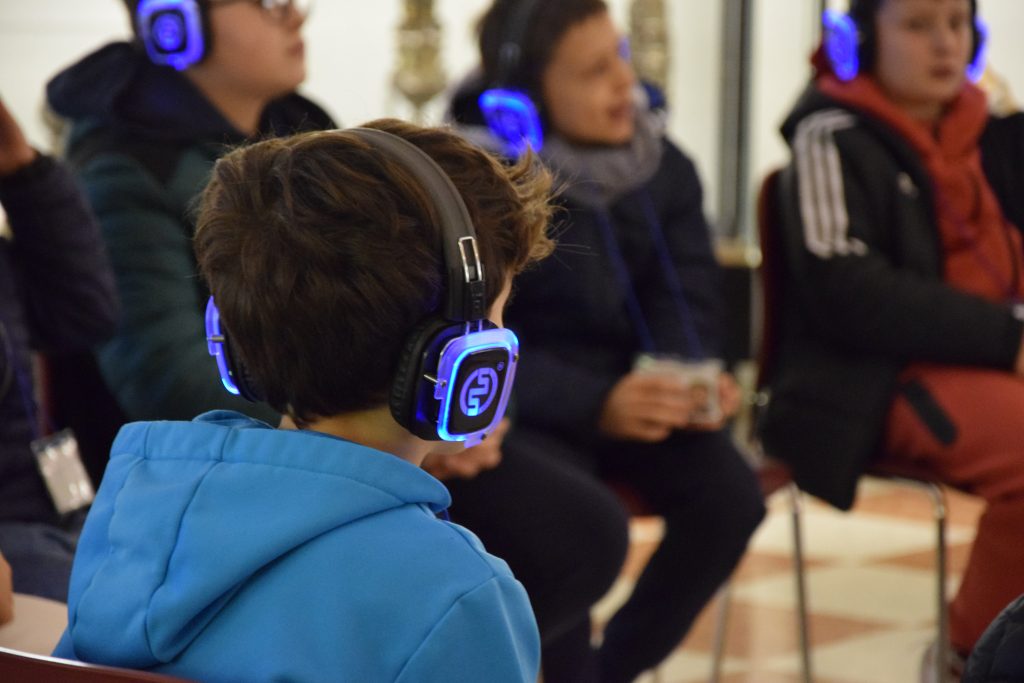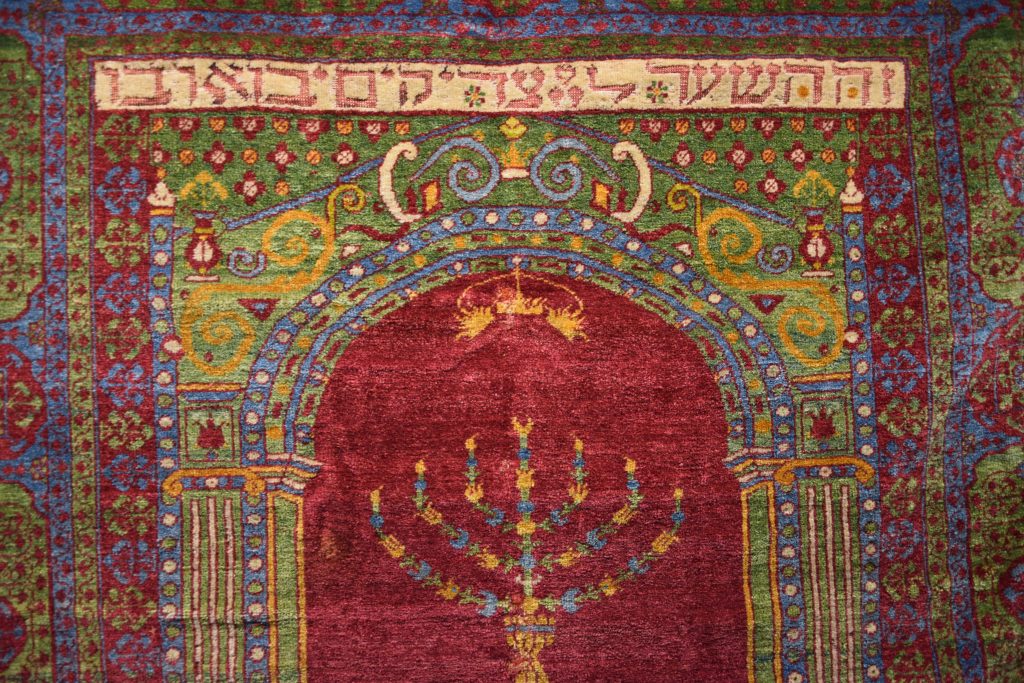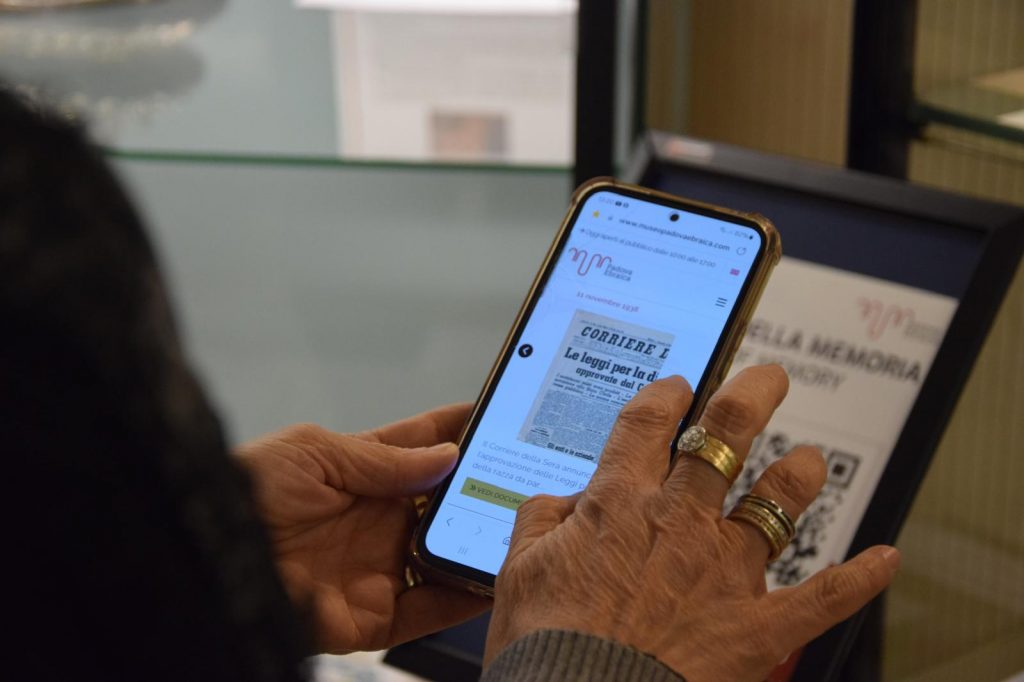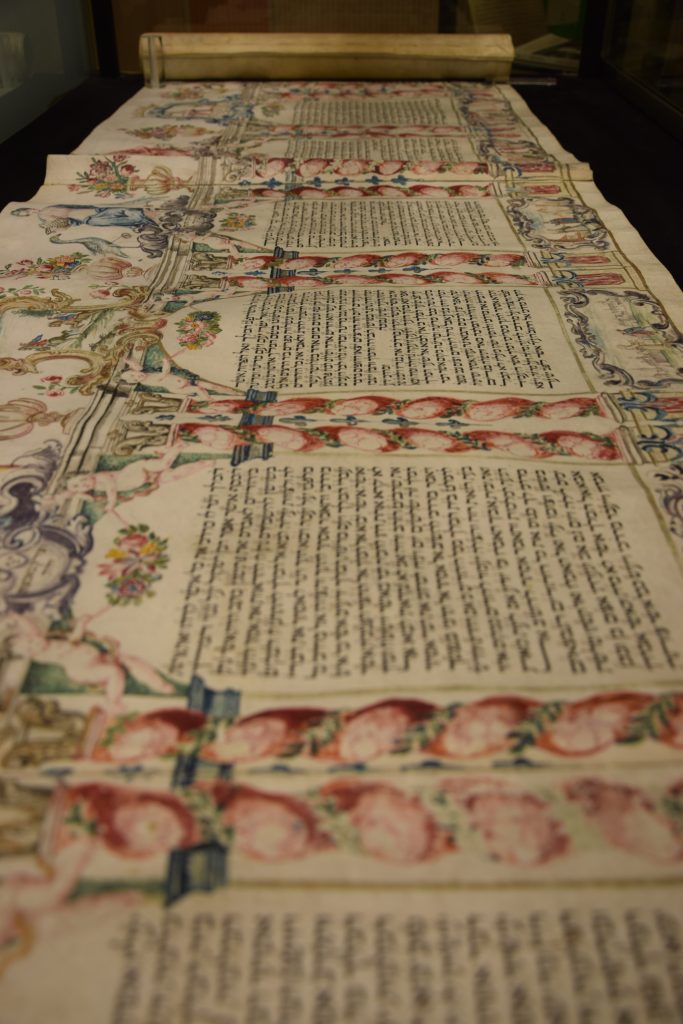Educational workshops proposed by the Jewish Heritage Museum of Padua are playing a big role in the struggle against hatred and encourage curiosity and the sharing of cultures. Here’s our encounter with Francesca Clamor, in charge of programs at the Museo Padova Ebraica.

Jguideeurope: Which cultural events will be organized in Padua in 2025-6?
Francesca Clamor: The Jewish Heritage Museum of Padua is planning a digital renewal regarding visits to the museum. A free web app has recently been launched to help visitors explore the museum’s collection and gain a better understanding of Jewish culture and religion. Additionally, short explanatory videos will soon be introduced to support and enrich the visit, making it more dynamic and engaging. If you have already visited the museum, this is a great reason to come back. If you haven’t had the chance to visit yet, you’ll be able to experience these new multimedia tools for the first time.

How were the new educational workshops aimed at schools and students received?
The new educational workshops at the Jewish Heritage Museum of Padua have been well-received by schools and students, offering engaging and interactive experiences that deepen understanding of Jewish history and culture. The museum offers a wide range of workshops covering subjects such as the history of the Holocaust, the Jewish holidays and identity, and the local history connected with the Jewish community of Padua and its heritage. The workshops are designed to be interactive, encouraging debate and cooperative learning for students of all ages.

Have events been organized recently at the ancient synagogue?
Visits to the synagogue will continue throughout the summer, including late afternoon tours. It will remain open to visitors every Monday, Thursday, and Sunday. And also for sure for the services of Shabbat for the community being active!
Can you present us some objects displayed at the museum?
The most important piece of our museum is an ancient parochet realized probably in Cairo (Egypt) at the beginning of the 16th century. It was realized as the typical rug for the prayer in Islam but used as a parochet in the Jewish perspective; it shows in a great way how the cultures, identities, and religions were connected already in the past.
Also the Meghillat Ester of the museum – and still used every Purim by the community – is surprising: it is an old Meghillat of the 18th century full of images!
